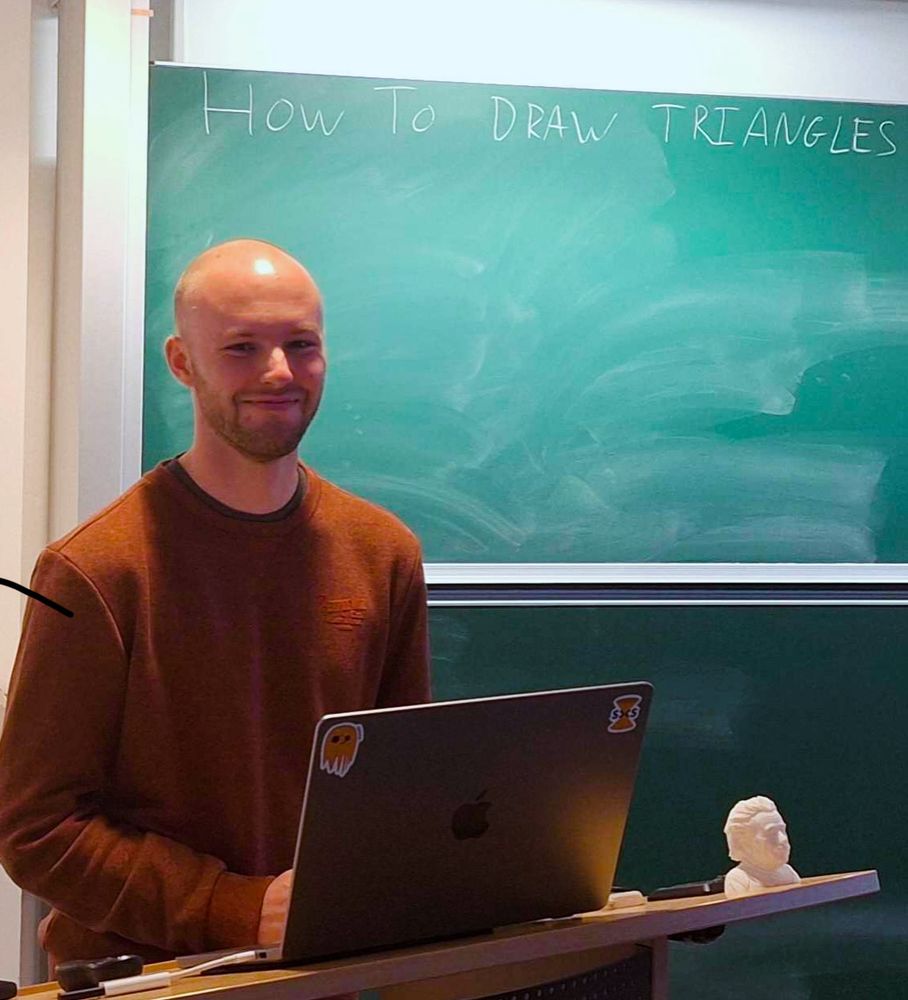
https://www.oliverlong.info/




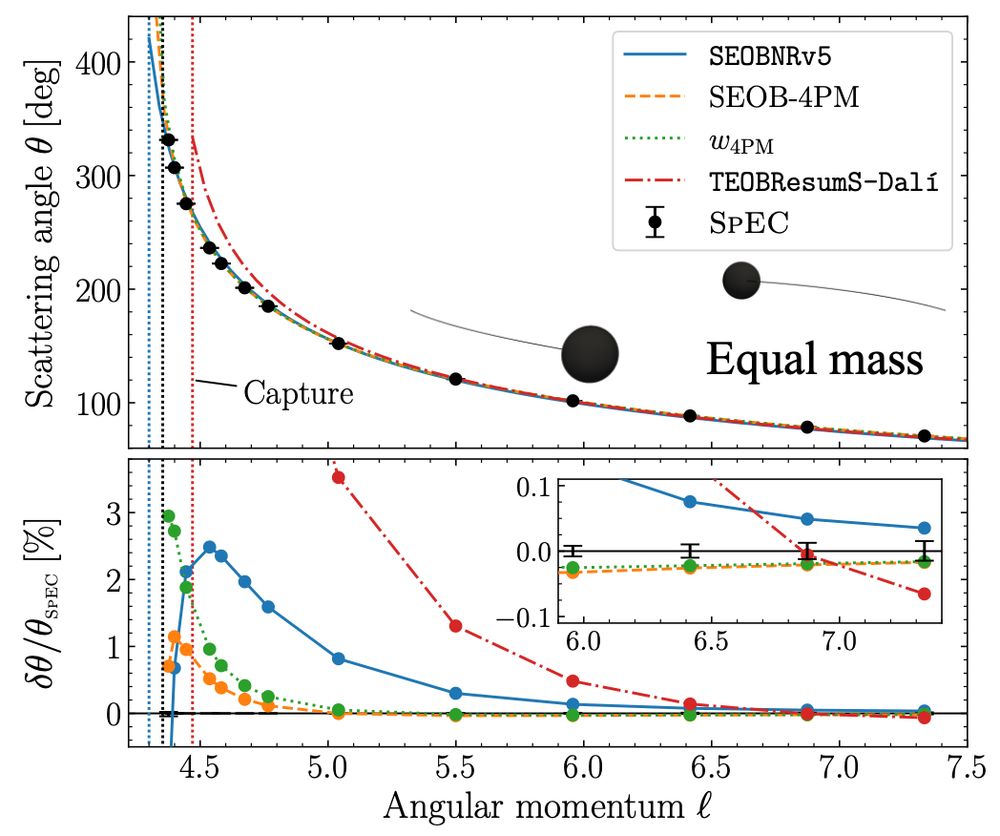


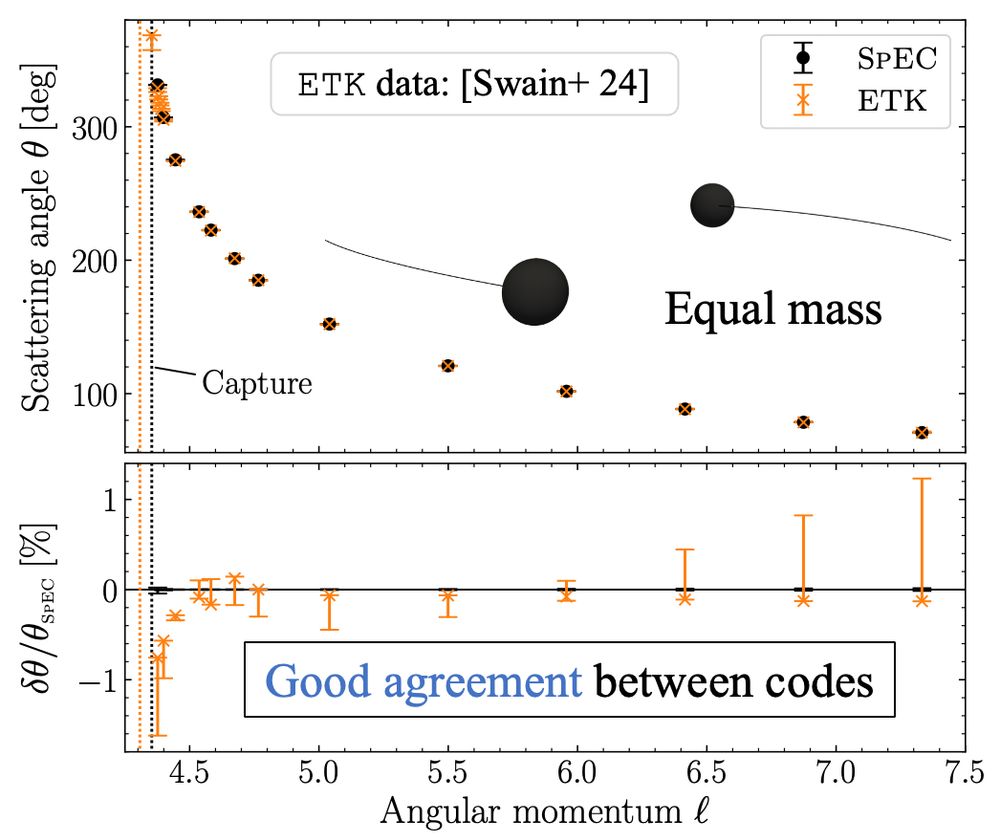
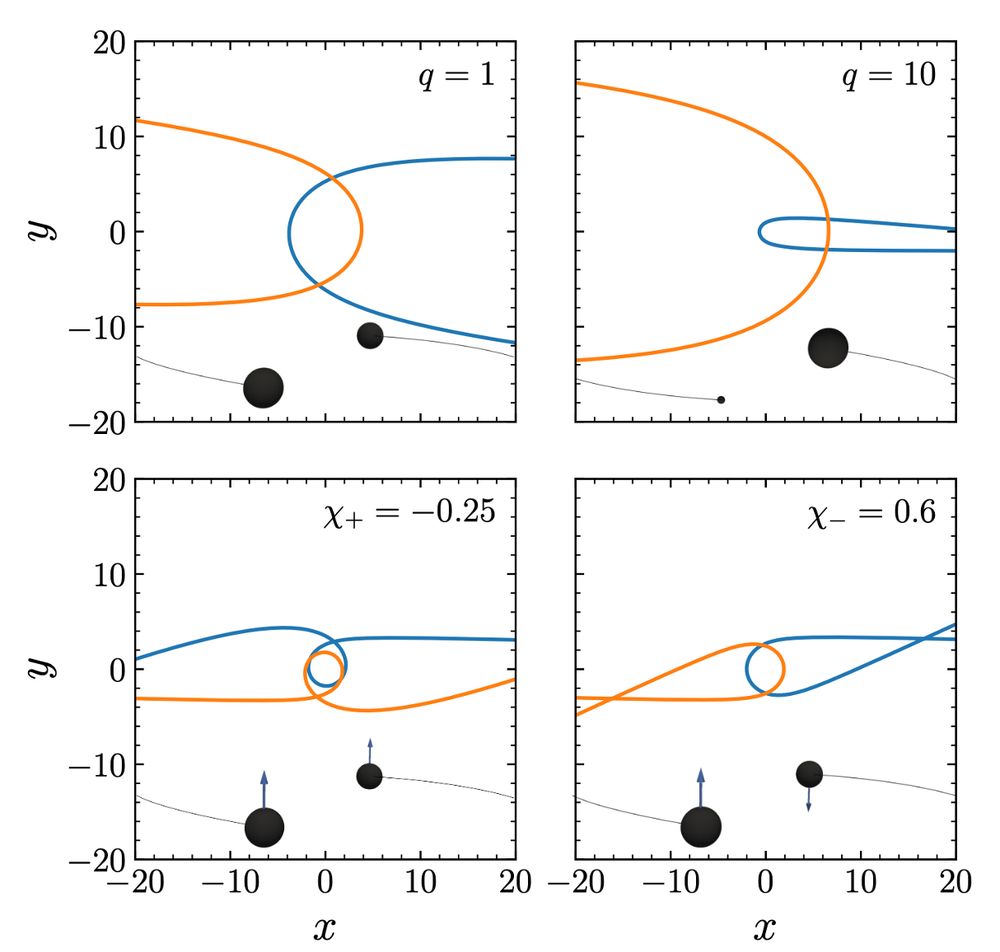
Below is a plot I made for the Einstein Toolkit Blue Book (arXiv:2503.12263) showing the waveforms SXS:BBH:3999 (scatter) and SXS:BBH:4000 (capture).

Below is a plot I made for the Einstein Toolkit Blue Book (arXiv:2503.12263) showing the waveforms SXS:BBH:3999 (scatter) and SXS:BBH:4000 (capture).

Image courtesy of European Space Agency (ESA).

Image courtesy of European Space Agency (ESA).
My name is Olly Long and I am a researcher working on modelling the binary black hole problem in General Relativity.
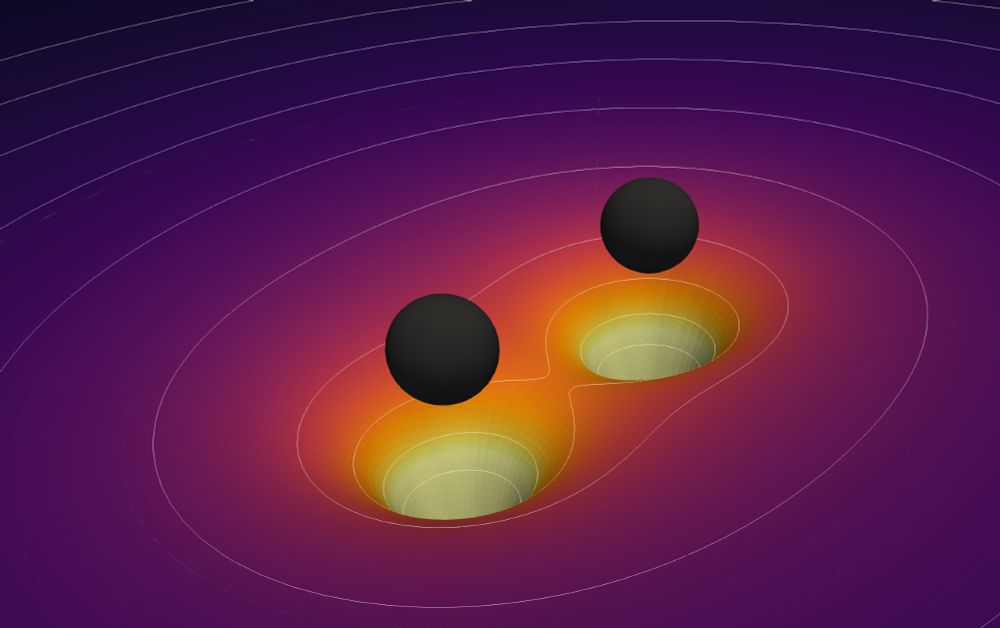
My name is Olly Long and I am a researcher working on modelling the binary black hole problem in General Relativity.
